On the road in Libya (with a bit Tunisia and Egypt) in autumn 2005
The archaeological-cultural-historical highlights (to be reported in detail at other opportunity) are included *here* only with a few substitutional pictures.
The small pictures represent clickable links that are leading to the respective larger picture.
Back to home page
In accordance with the headline, here the emphasis is put on "being on the road" throughout the country. The itinerary covers the proximity of the Mediterranean coast from west to east, in addition excursions into the interior.

Shortly after arrival: city traffic in Tunis.



In the Bardo museum.


Carthago (resp. what's still remaining today after nearly two and a half thousands of years).

This is known from somewhere else, namely the exhibition at Karlsruhe end of 2004 - there the "Café des Nattes" was re-built as copy, now here is the original at Sidi Bou Saïd (still in the region Tunis).

Most remarkable difference to Andalusia is the blue color of the doors.

An organized tour (with police escorting...) of the Harley Owners Group Nice comes across the path - beside (mostly southern-)French license plates also several Canadians (resp. concerning the brands also a Goldwing and a Vmax) are visible.

From Tunis to Djerba by air.


Further from Djerba to the Tunisian-Libyan border ...


(shortly later there was the sign "Cairo 2522 km", which I unfortunately missed completely to photograph)

(a Tunisian kilometer stone - one can see the design of the ancient colonial authority ;-)

... and in Libya from the border to (slightly before) Tripoli.



Roman traces in Sabratha.


In the city centre of Tripoli.



The Green Place is rather deserted (presumably because we are still well within Ramadan) ...


... so that some (foreign, as it should prove afterwards) motorcyclists are performing wheelies and burnouts - which resulted in angry views of the guardians ...



One of the modern buildings in Tripoli.

On the way from Tripoli in the inner country - the last day of the Ramadan is a public holiday with hardly anybody on the road.


A warehouse fortress near Yfren.

Heading on from Yfren to Nalut ...





... from Nalut to Sinawan ...
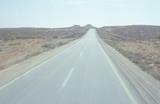




... from Sinawan to Darj ...


(even if the camera overlaid two pictures: such a rarely occurring sign addressing motorcycle and car tourists would be required somewhat too much to segregate ;-)

... and from Darj to Ghadames.

In the labyrinthic old town of Ghadames.





In the dunes just outside of Ghadames.




Returning from Ghadames via Darj to (slightly before) Nalut ...


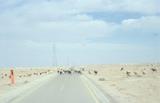


... from Nalut to Gharyan ...



... and from Gharyan to Tripoli.

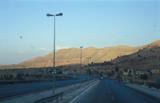
Ramadan is over, and the Green Place is now full of folks.

Sorry for the limited image quality - such it happens if one unprepared faces photography motives and has merely the cellphone's camera at hand.

(this was in whole Libya the only showup of native civilian motorcycles - and also the two-wheeled cases of authorities or foreign tourists can be counted at one hand.)
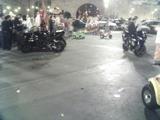
Continuing on Roman traces: today at Leptis Magna.




Kilometric zero point of the African Roman realm: the original zero-milestone in the national museum in Tripoli ...

... and for the original site a copy was manufactured.

The official longitudinal dimensions of the Roman market place.
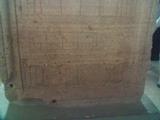
On the road from Leptis Magna to Benghasi.


A gas station and a restaurant.



Benghasi.



One (nearly) always and everywhere meets this signature ;-)

Somewhat east of Benghasi.

Now it becomes Greek: we are in the ancient Ptolemais.




On the road from Ptolemais into the inner of the Kyrenaika.



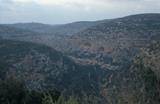
Marsah Susah (a town east of Benghasi).

More ancient traces: Kyrene (or Cyrene depending upon way of writing).



Such a floor mosaic still today would suit very well to the own reception hall at home :-)




To adequately mention topic railway: this was left by the archaeologists (possibly to ensure some work to their own successors ;-)



Returning from Al Bayda to Marsa Susah.


Next antique place: Apollonia.
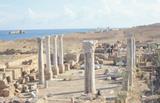
On the road from Apollonia to Tobruk.


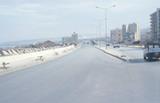

Time jump from antiquity into the recent past, i.e. to the Second World War: French soldier cemetery ...

... British soldier cemetery ...

... and German soldier cemetery (all in the outskirts of Tobruk).





Meanwhile arrived in Egypt (at Cleopatra Beach in Marsa Matrou).

On the road from Marsa Matrou to El Alamein ...



... where now also an Italian soldier cemetery can be found ...



.. and again a German one (the environment offers soldier cemeteries of further nationalities).


Last stage: in the Egyptian Alexandria.






to top of page
© 1999-2013 by
webmaster@martin-theodor-ludwig.de -
latest update 29. Sep 2013, 23:15:58





































































































































